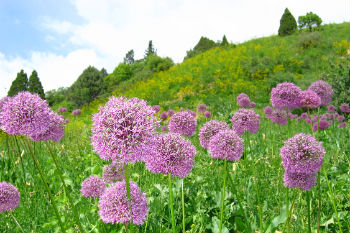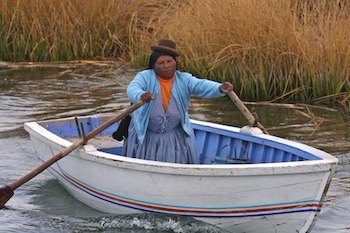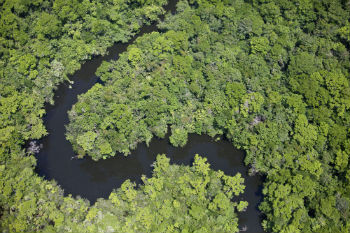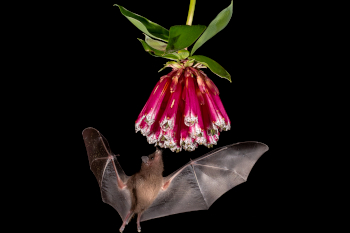Main menu
CEPF is a joint initiative of l’Agence Française de Développement, Conservation International, the European Union, Fondation Hans Wilsdorf, the Global Environment Facility, the Government of Canada, the Government of Japan and the World Bank. A fundamental goal is to ensure civil society is engaged in biodiversity conservation.
Visitez le site français コア情報の日本語翻訳を読むOr use Google Translate to translate the English site to your language:
GTranslate
This is the first in our new, occasional blog series, "Celebrating Biodiversity," in which we highlight specific species, recognizing the incredible biodiversity the planet holds.
As the consumerism-oriented economy has increased globally, so too has the demand for wildlife products. In the Indo-Burma biodiversity hotspot, wildlife trafficking is severely threatening many vulnerable species, including Asian big cats, African elephants, rhinos and pangolins.
The Critical Ecosystem Partnership Fund (CEPF) invites its grantees to enter our 2017 Digital Photo Contest.
Before submitting photos, you must read the following rules and legal conditions (“Official Rules”). By submitting an entry, you agree to the Official Rules and warrant that your entry complies with all requirements set out in the Official Rules. This is a skill-based contest and chance plays no part in the determination of winners.
1. This is the percentage of Madagascar’s plant species found nowhere else on Earth.
A. 60%
B. 70%
C. 80%
D. 90%
2. To qualify as one of the world’s biodiversity hotspots, a region must contain at least 1,500 endemic species of vascular plants and have lost at least 70 percent of its original habitat.
A. True
B. False
3. The only primate species found in the Mediterranean Basin Biodiversity Hotspot is:




